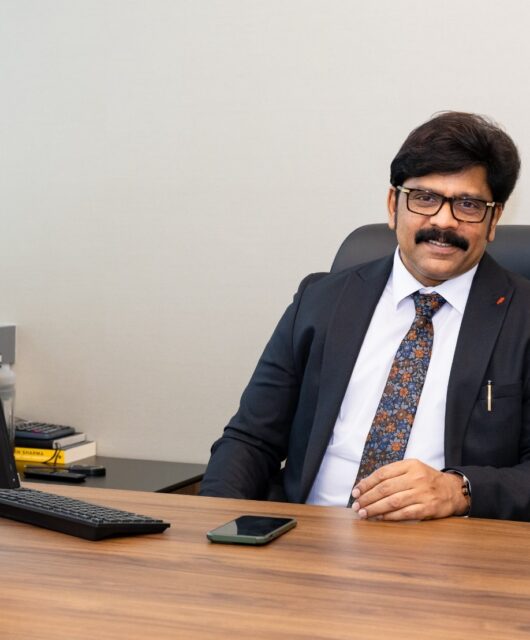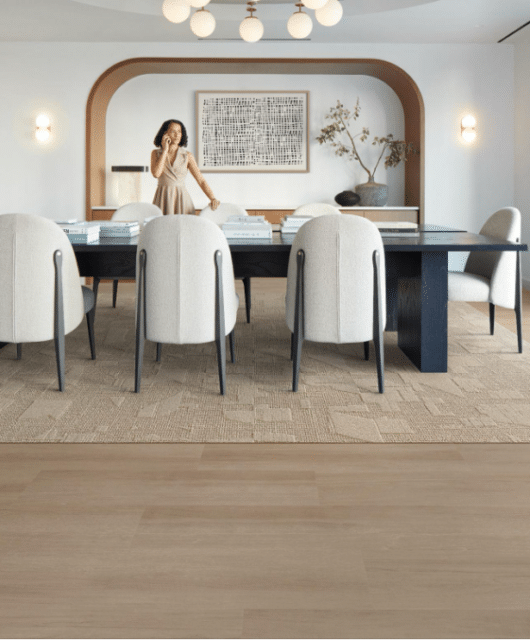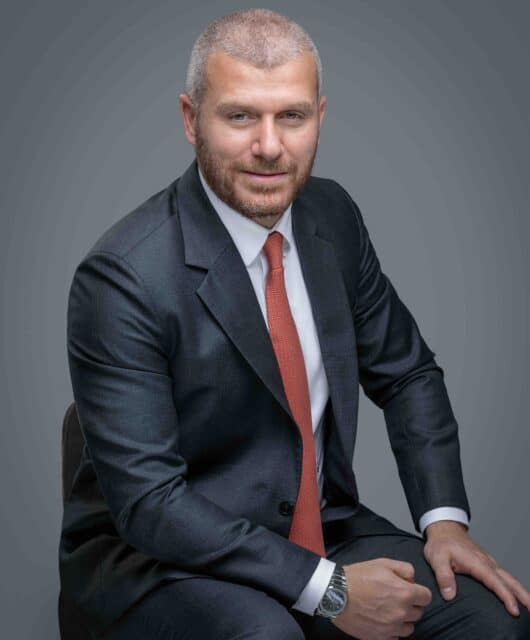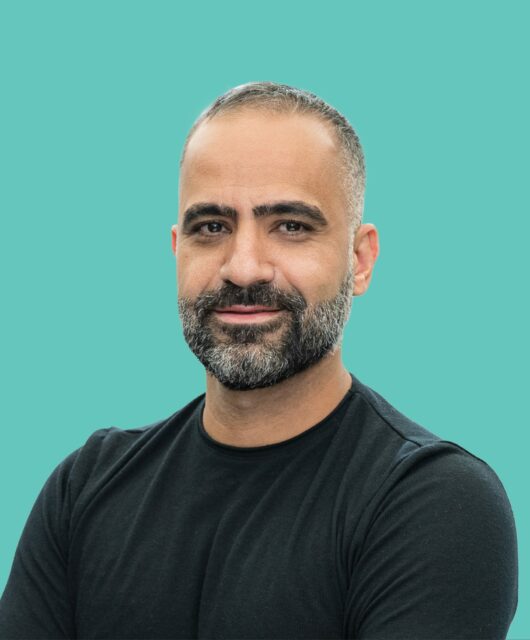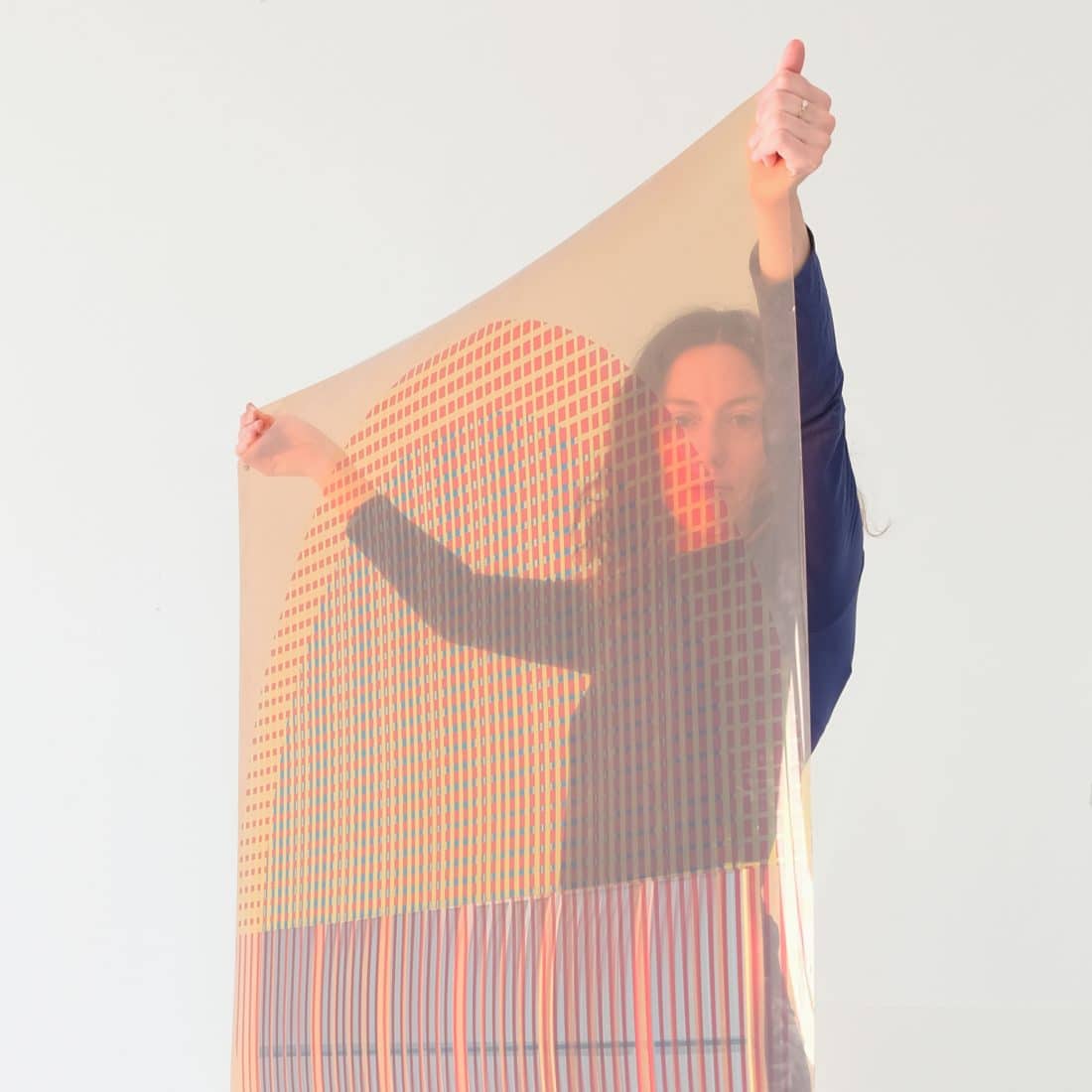 Marjan van Aubel, a Dutch designer, reveals the vibrantly coloured solar panels that her studio created just for the Netherlands pavilion.
Marjan van Aubel, a Dutch designer, reveals the vibrantly coloured solar panels that her studio created just for the Netherlands pavilion.
Marjan van Aubel Studio was been commissioned to supply The Netherlands Pavilion of the Expo 2020 Dubai with energy. Within the pavilion, named the Dutch biotope, designed by V8 Architects and consortium partners, its main theme is ‘Uniting water, energy and food’, which are being showcased by unique Dutch innovations. The solar-panelled roof designed by Marjan van Aubel is made out of coloured transparent organic photovoltaics (OPV). In addition, they are made of non-toxic materials and installed in a circular way. By combining technology, aesthetics and sustainable materials, the studio has created a new vision of solar energy. The Netherlands Pavilion is indeed one of my key milestones projects and I am very proud to be part of this mega event.
Expo 2020 Dubai is located in the middle of the desert and only takes place for six months, the assignment was to take the installation, shipment and afterlife into account to create circular solar roof panels. The solar panels are lightweight films with ink printed on PET to reduce shipping materials and thereby cost as well. The protective glass is sourced locally and returned after its use. The solar panels not only harvest energy but also provide shade and filter the right light spectrum for the plants to grow within the pavilion.
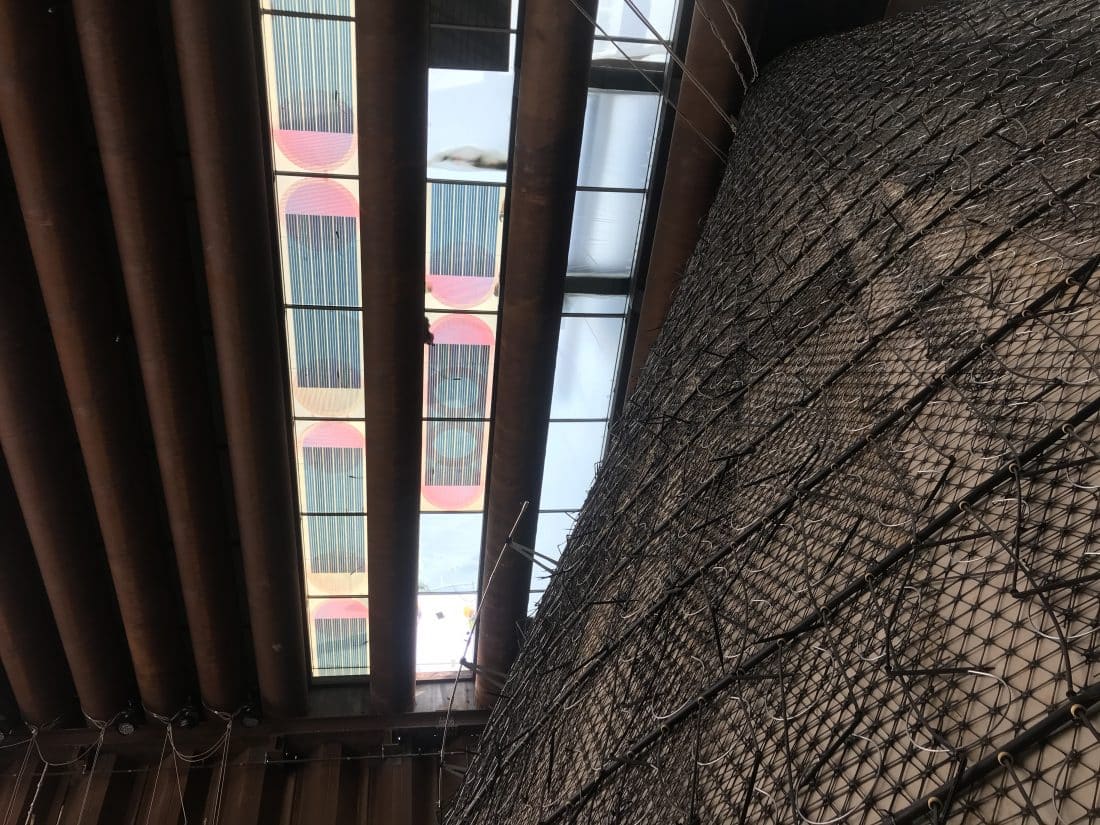 Importance of solar energy and how it will change the world for the better
Importance of solar energy and how it will change the world for the better
By giving a possible solution of how we can design our surroundings, we hope to inspire an international audience to move together with us towards a sustainable future. Only together we can reach the global climate goals and make a long-lasting positive impact on our planet. We believe that when technology, sustainability and design meet we can cater for the demands of a society that wants to live in a more sustainable but also beautiful world. The ambition of Marjan van Aubel Studio is to make solar energy available for everyone, everywhere. Every surface in itself has the opportunity to harvest energy. By making those active surfaces look beautiful and appealing to people, we hope we can drive positive change.
Generating solar energy circularly and from organic materials is new in the solar industry. Its energy payback time is only a few months and has a significantly lower footprint compared to classical PV panels. More importantly, the panels are multi-functional. Not only do they harvest energy but they are also beautifully designed and therefore more likely to be easily integrated into our daily lives. In addition, they are able to let parts of the sunlight through. The skylights for the Netherlands pavilion will immerse the visitor in rays of light. The colours are carefully chosen to provide the perfect spectrum of light for the edible plants inside the pavilion to grow. The graphic design is made with a coloured Moiré effect; the lines interact with each other which will create beautiful light reflections in the pavilion and different shades of colour. The vibrant design patterns make light and colour reflect, refract and dance inside the pavilion.
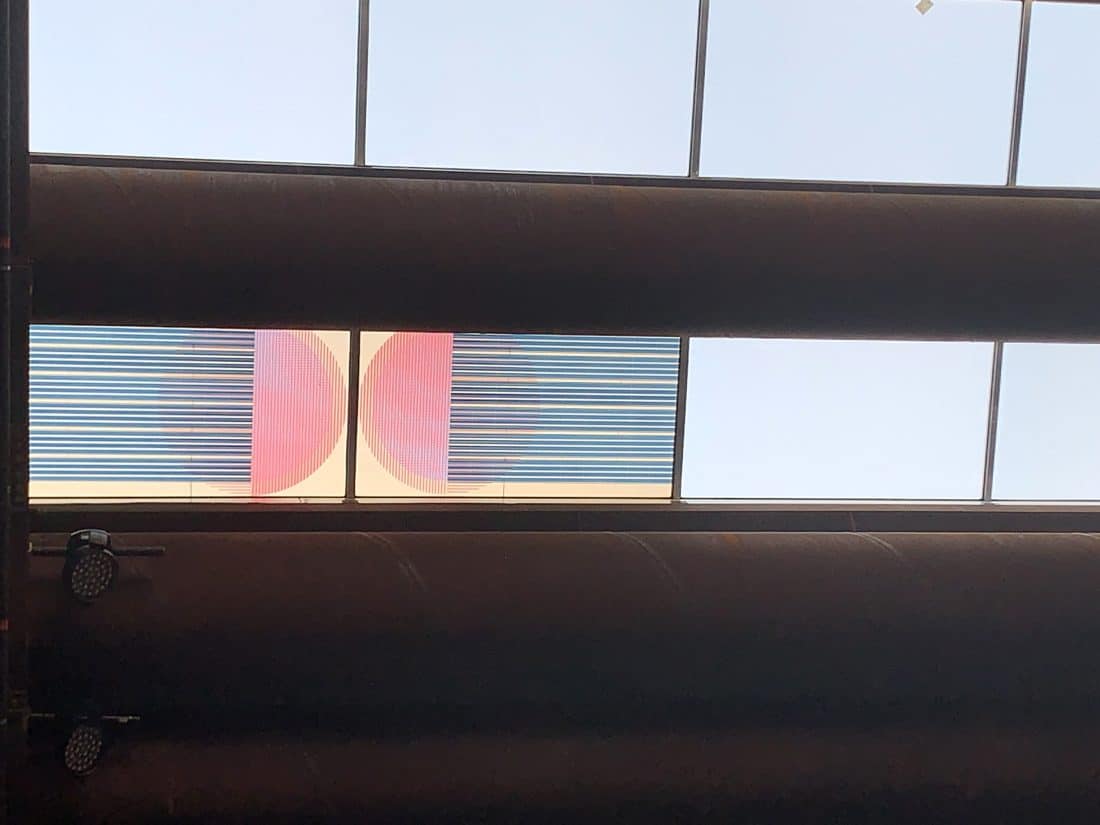 How is solar going to be the future of creative economies?
How is solar going to be the future of creative economies?
To tackle the world’s climate goals and to build a sustainable future we need to move away from just technocratic solutions and add emotional values. We need to take a long-term approach and think more than three generations ahead instead of just one, keeping in mind what we leave behind in this world. To achieve this goal, it’s inevitable that the technology of active surfaces harvesting energy must be combined with beautiful design, a design that we want to be surrounded by.
We can only do that by working together and therefore need to seek new opportunities to work towards a future in which we can use our resources sustainably and efficiently. Beautifully integrating solar panels will help to make it more attractive to a wider audience. The panels are not only modular but also circular and made of organic materials, something that is unique when talking about solar panels. They are made of PET and are lightweight, which makes them easily transportable and reusable. Dubai and the greater UAE region, with its ambitions in the field of sustainability, are very inspiring to us. It would be great to work together with local companies to contribute to these ambitions.

